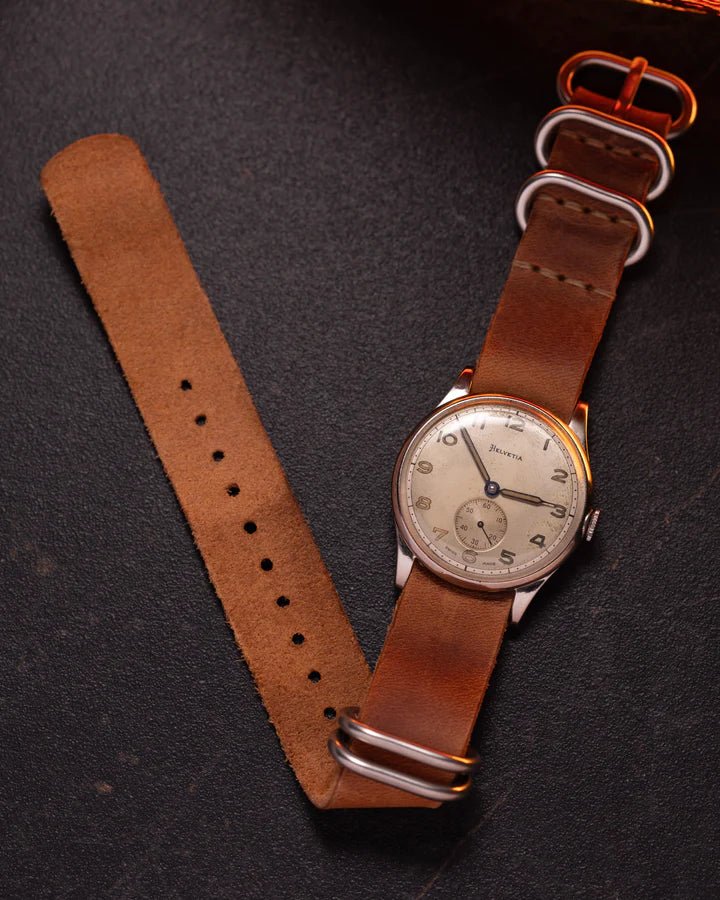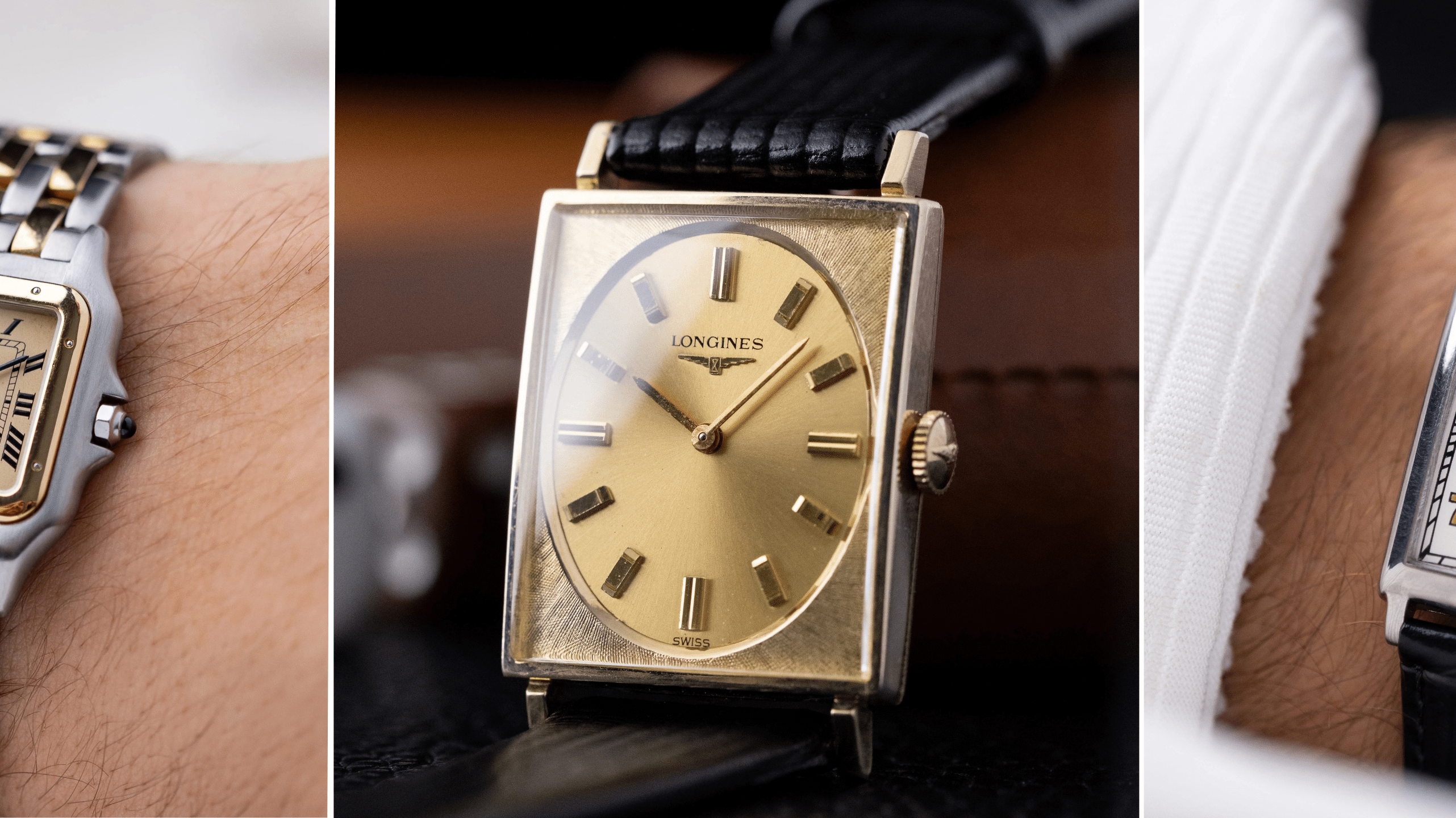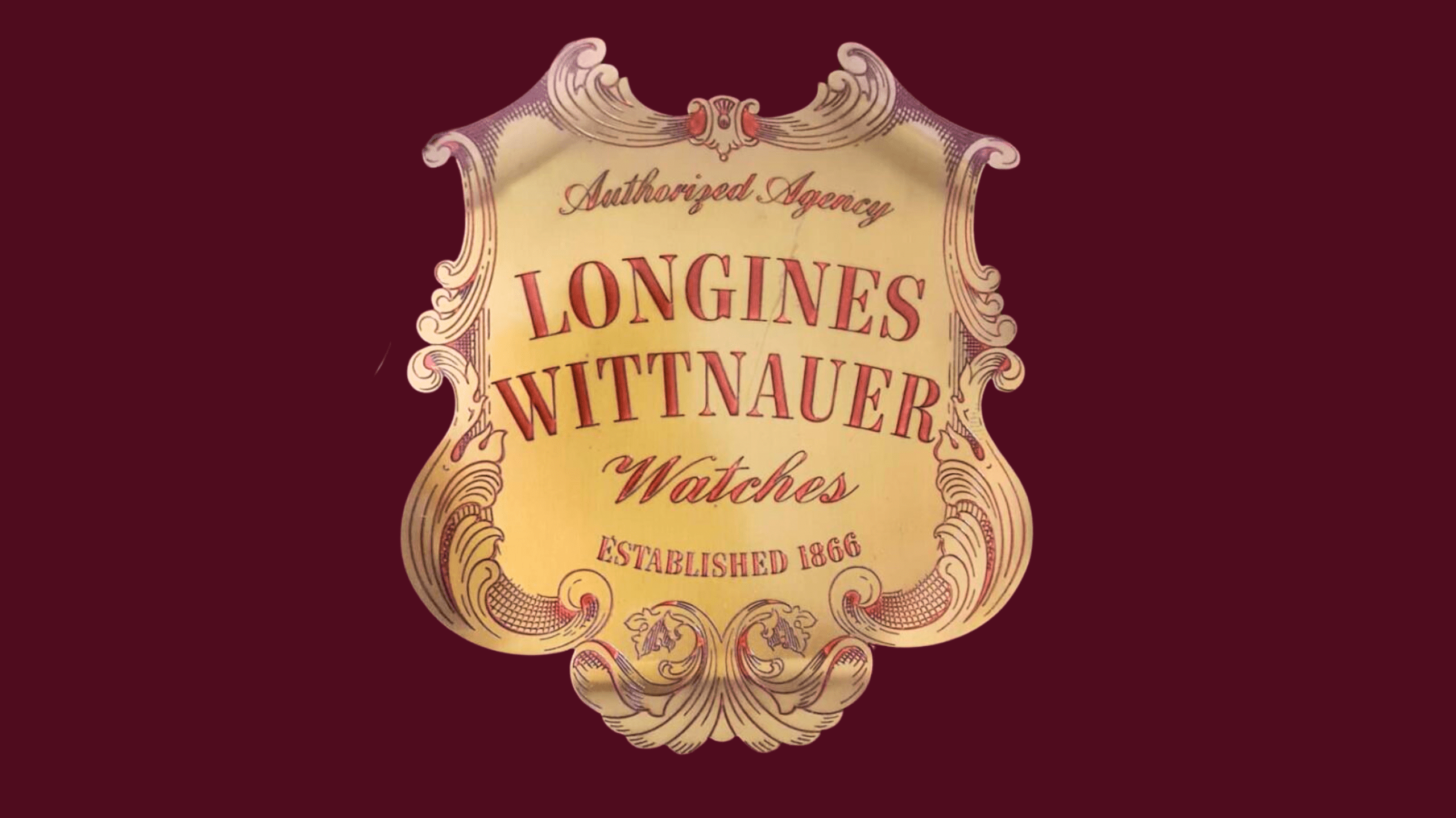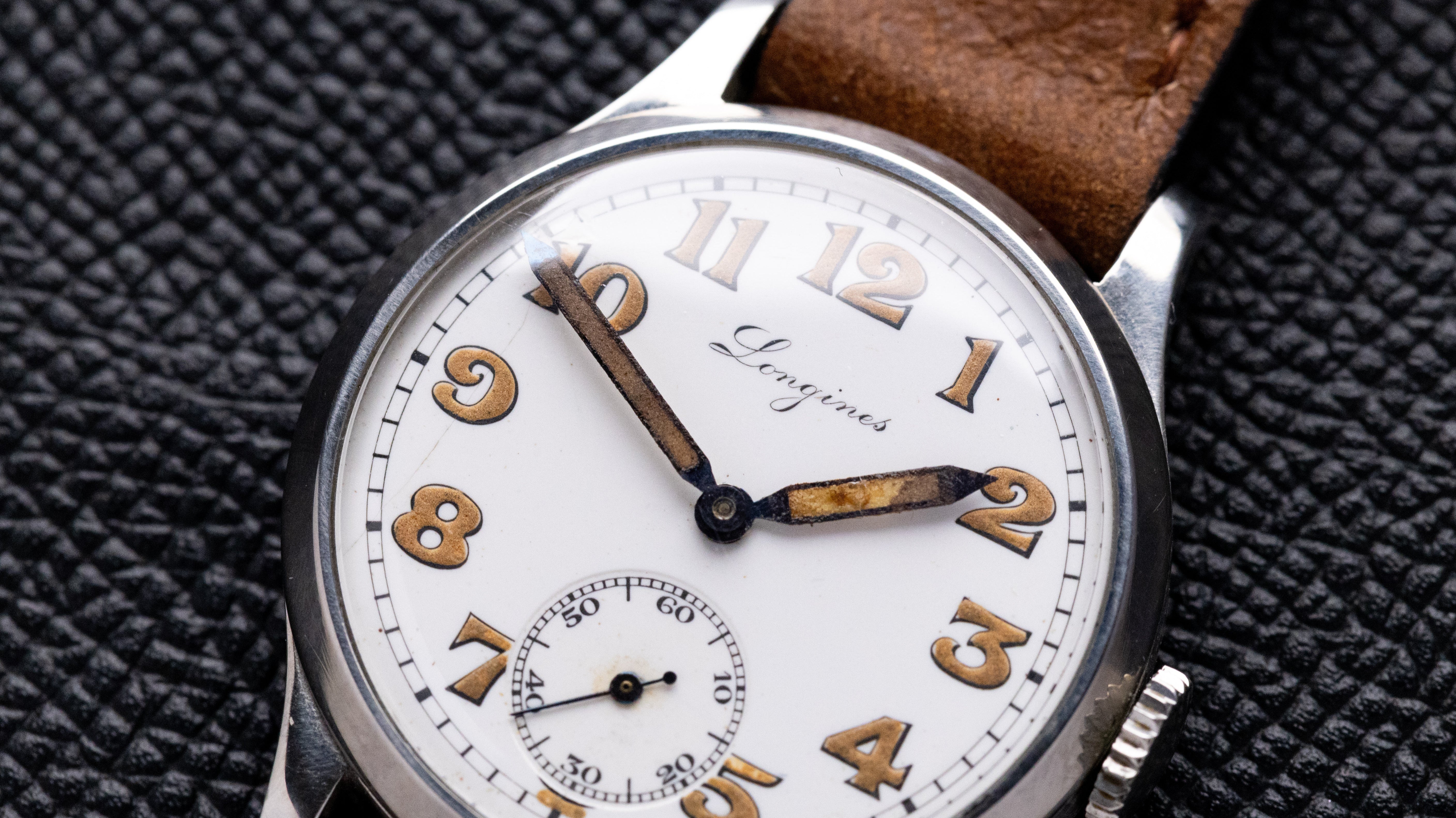Pilot watches stand as a timeless tribute to the daring spirit of aviation, blending functionality with an iconic style. Born from the practical needs of early aviators, these watches have evolved far beyond their initial purpose, becoming a symbol of adventure and precision. Designed to offer legibility, durability, and reliability at high altitudes, pilot watches cater not only to professional aviators but also to enthusiasts who appreciate their rich history and technical prowess. This guide delves into the essence of pilot watches, exploring their historical roots, distinctive features, and how to select the perfect timepiece. Whether you're an aviation aficionado or a watch enthusiast, understanding the legacy and appeal of pilot watches will enhance your appreciation for these remarkable instruments of timekeeping.
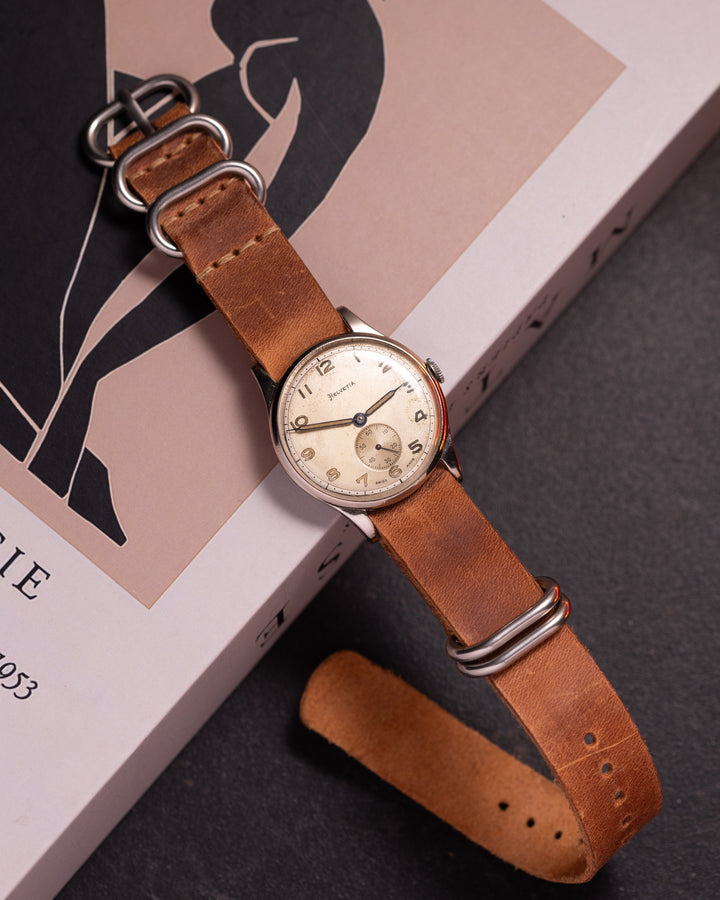
History of Pilot Watches
Origins and Evolution
The journey of pilot watches began in the early 20th century, marking a pivotal moment in both aviation and horology. As pilots embarked on longer flights, the necessity for precise, easily readable timepieces became apparent, leading to the birth of the first pilot watches.
The First Pilot Watches
In 1904, the famous aviator Alberto Santos-Dumont voiced the need for a hands-free way to tell time while flying, leading to the creation of one of the first wristwatches specifically designed for aviation. This innovation allowed pilots to keep both hands on the controls while still being able to track time, a crucial aspect of navigation and flight planning. The Santos-Dumont watch set a standard for pilot watches, emphasizing legibility, reliability, and ease of use.
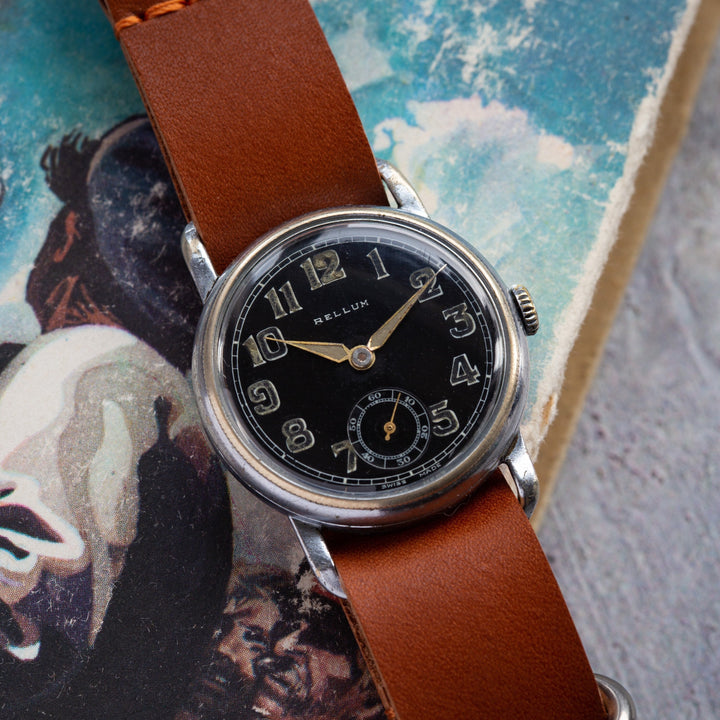
Key Developments Over the Years
As aviation technology advanced, so did the requirements for pilot watches. World War I and II saw significant developments, with features like luminous dials for night flights, chronograph functions for timing operations, and rotating bezels for calculating fuel consumption or navigation becoming standard. The post-war era introduced innovations such as automatic movements and increased water resistance, further enhancing the functionality of pilot watches.
In the latter half of the 20th century and into the 21st, pilot watches continued to evolve, incorporating advanced materials like titanium and ceramic, GPS technology, and even smartwatch functionalities. However, despite these technological advancements, the core aspects of legibility, durability, and precision remained paramount, preserving the essence of the original pilot watches.
The history of pilot watches is a testament to the interwoven evolution of aviation and timekeeping. These timepieces have not only adapted to the changing needs of pilots but have also captured the imagination of watch enthusiasts worldwide, symbolizing adventure, precision, and the human spirit's relentless pursuit of pushing boundaries.
Key Features of Pilot Watches
Pilot watches are distinguished by their unique design and functionality, tailored to meet the rigorous demands of aviation. These features not only enhance their practicality for pilots but also contribute to their appeal among watch enthusiasts.
Legibility
One of the foremost requirements of a pilot watch is legibility. Pilots must be able to read the time quickly and accurately, often under challenging conditions such as low light or turbulence. To address this, pilot watches are designed with large, clear dials, high-contrast numerals, and luminous hands and markers. The layout is typically straightforward, avoiding unnecessary complications that could hinder readability.
Durability
Given the extreme conditions faced during flight, from rapid changes in temperature to potential impacts, durability is a critical attribute of pilot watches. Manufacturers use robust materials like stainless steel, titanium, or ceramics for the case, ensuring resistance to corrosion, scratches, and impacts. The crystal is usually made of sapphire, known for its scratch resistance and clarity, to withstand the wear and tear of aviation and everyday use.
Complications and Functionalities
Pilot watches often incorporate specific complications and functionalities to aid pilots during flight. These include:
- Chronograph: Allows for precise timing of flight segments or navigation calculations.
- GMT Function: Displays multiple time zones simultaneously, essential for international flights.
- Rotating Bezel: Used for manual calculations such as fuel consumption, flight time, or navigation.
- Slide Rule: A more complex feature found in some pilot watches, allowing for various flight-related calculations.
While these features are designed with pilots in mind, they also appeal to those fascinated by mechanical ingenuity and the practical application of horological complications.
Pilot watches embody a blend of tradition and innovation, offering functionalities that extend beyond aviation needs to everyday utility. Their design philosophy prioritizes clarity, resilience, and precision, making them a versatile choice for both pilots and watch enthusiasts alike.
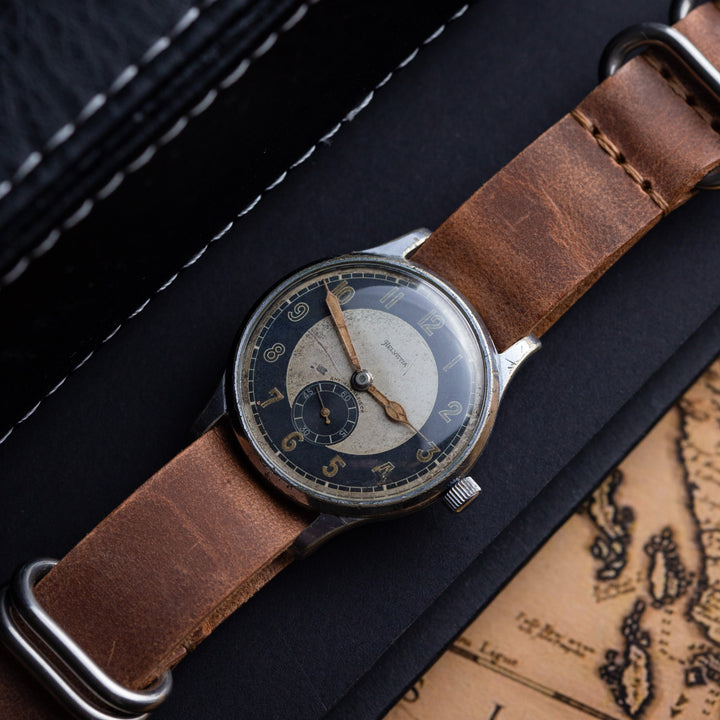
Choosing the Right Pilot Watch
Selecting the perfect pilot watch involves considering various factors that align with your needs, preferences, and the specific allure that pilot watches hold for you. Here’s what to keep in mind:
Movement Type
The movement, or the engine of a watch, determines its accuracy, maintenance, and overall appeal. Pilot watches come with either mechanical or quartz movements:
- Mechanical Movements: These are often valued for their craftsmanship and the tradition they represent. Mechanical watches require winding (manual or automatic), and they offer a smooth, sweeping movement of the second hand. They're appreciated for their longevity and the intricate engineering behind their operation.
- Quartz Movements: Quartz watches are powered by a battery and are highly accurate with minimal maintenance required. They're a practical choice for those who prioritize precision and reliability without the need for regular winding. Quartz movements are also typically more affordable than their mechanical counterparts.
Material and Build
The material of the watch case and band, as well as the overall build quality, significantly impact durability and comfort:
- Case Materials: Stainless steel, titanium, and ceramics are common, each offering a balance of weight, durability, and corrosion resistance. Titanium and ceramics are lighter and hypoallergenic, while stainless steel is traditionally robust and enduring.
- Band Options: Leather straps are classic and comfortable, mesh or stainless steel bracelets offer durability, and synthetic bands like rubber or nylon provide flexibility and resistance to elements, making them suitable for active use.
Brand and Heritage
The brand behind a pilot watch can add to its appeal, especially if it has a storied history in aviation:
- Historical Significance: Some brands have been creating pilot watches since the early days of aviation, and owning a piece from such a lineage can be particularly gratifying for enthusiasts.
- Innovation and Reputation: Look for brands known for innovation, quality, and after-sales service. A reputable brand not only ensures a well-crafted watch but also reliability and support over time.
Choosing the right pilot watch is a personal journey that blends practical considerations with a passion for the history and technology of aviation. Whether you’re drawn to the mechanical marvel of a traditional pilot watch or the precision and durability of a modern quartz model, the perfect timepiece is one that resonates with your style and meets your needs.
Top Picks for Pilot Watches
When it comes to selecting a pilot watch, the market offers a wide range of options catering to different preferences, functionalities, and budgets. Here are some top picks across various price segments, showcasing the diversity and appeal of pilot watches.
Budget-Friendly Options
For those new to the world of pilot watches or looking for a reliable yet affordable option, there are several standout choices that offer great value:
- Seiko Flightmaster: Known for its precision quartz movement, the Flightmaster combines functionality with durability. It features a slide rule bezel for in-flight calculations, a chronograph, and a robust design, making it an excellent entry-level pilot watch.
- Citizen Eco-Drive Promaster Nighthawk: This watch is powered by Citizen's Eco-Drive technology, meaning it's fueled by light and never needs a battery change. It boasts dual time display, a pilot's slide rule bezel, and a durable build, offering great functionality at an attractive price point.
Mid-Range Marvels
In the mid-range category, you can find watches with a blend of mechanical ingenuity, brand heritage, and enhanced materials:
- Hamilton Khaki Aviation X-Wind: Hamilton has a long history of supplying watches to the aviation industry. The X-Wind features a unique drift-angle calculator to help pilots calculate crosswinds. It has a mechanical movement, day-date function, and a rugged yet stylish appearance.
- Tissot T-Touch Expert Solar: Incorporating solar power with tactile technology, the T-Touch Expert Solar offers a range of features including a compass, altimeter, and weather forecast, all activated by touching the crystal. Its innovative approach to functionality makes it a standout choice.
Luxury Legends
For those seeking the pinnacle of pilot watch craftsmanship, with no expense spared, luxury options provide unparalleled quality, precision, and prestige:
- Breitling Navitimer: A legendary name in pilot watches, the Navitimer offers a sophisticated mechanical chronograph movement, a distinctive slide rule bezel for navigation calculations, and an iconic design recognized in aviation circles worldwide.
- IWC Pilot's Watch Chronograph Top Gun: IWC's Top Gun series combines technical excellence with an unmatched aesthetic. Made with high-tech materials such as ceramic and titanium, it features a flyback chronograph function and is powered by IWC's in-house automatic movement, embodying the pinnacle of pilot watch design.
These selections represent the broad spectrum of pilot watches available, from accessible to luxury, each with its own set of features and functionalities tailored to the needs and aspirations of different wearers. Whether you're an aviation professional, an enthusiast, or simply someone who appreciates the beauty and craftsmanship of pilot watches, there's a timepiece out there that's perfect for you.
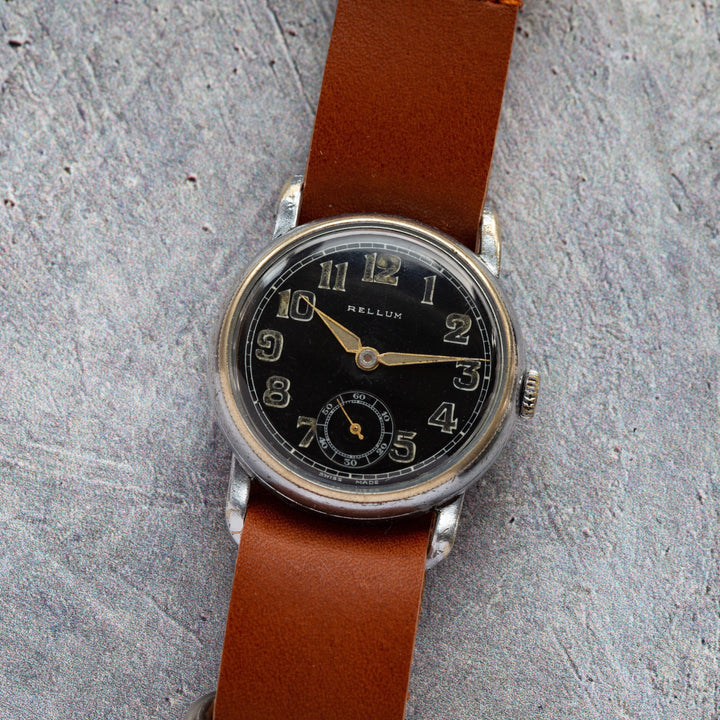
Pilot watches are more than just timepieces; they are a link to the rich history of aviation, a testament to human ingenuity, and a tool for adventurers at heart. From their practical origins to their current status as symbols of precision, durability, and style, pilot watches continue to captivate and serve both aviators and watch enthusiasts alike. Whether you're making your first foray into the world of pilot watches or looking to add to your collection, understanding their history, key features, and the diverse range of options available will help you choose a watch that's not just an instrument, but a companion for your journey through time.
Please let me know if there's anything else you'd like to explore or any specific details you'd like added to this article!


